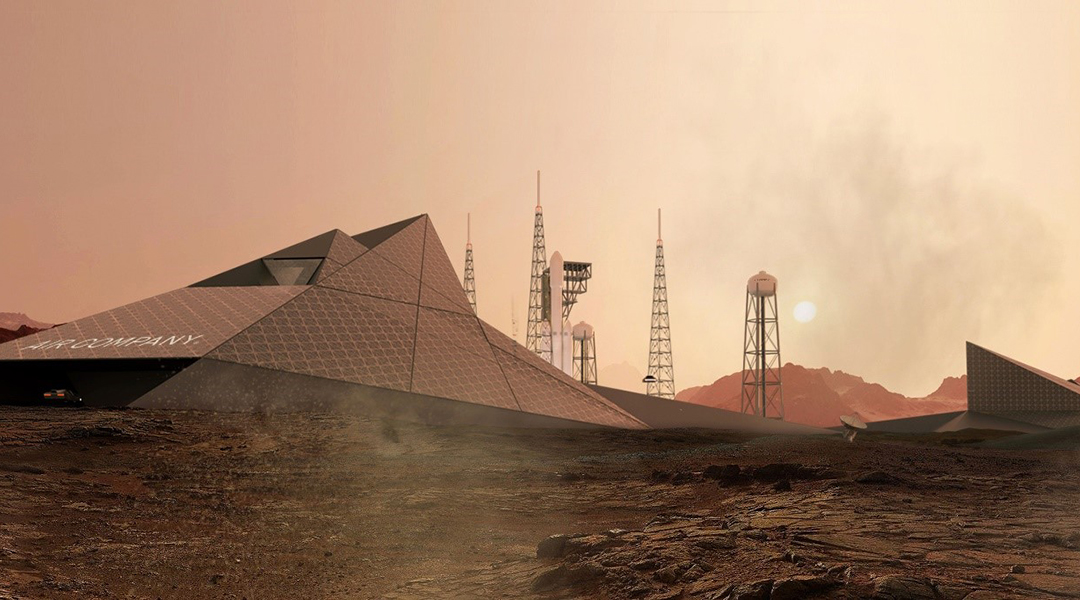The Climate 21 project lays out a program for a multilateral, comprehensive, speedy, and effective change to a green energy infrastructure, one that will help mitigate the negative effects of a changing climate.



The Climate 21 project lays out a program for a multilateral, comprehensive, speedy, and effective change to a green energy infrastructure, one that will help mitigate the negative effects of a changing climate.

A low temperature water-splitting protocol uses microwave power in lieu of concentrated solar energy.

The chemistry of carbon dioxide may not save the human race on Earth, but could enable a new beginning for life on the red planet.
While superconductors are not considered an energy material, the energy savings arising from resistance-free transmission and distribution of electricity are potentially massive when considered on a global scale.

Solid-state physicists and materials chemists are now in excellent “shape” to expand and accelerate their explorations of the science of topological materials for a wide range of possible applications.

A rechargeable aluminum-nitrogen battery serves the dual purpose of not only storing and retrieving energy, but also being able to fix its nitrogen stream as ammonia.

The amount of carbon dioxide produced by industrial point sources is far larger than the current demand for carbon capture and utilization.

Researchers store energy in red bricks, providing a low-cost battery alternative to power a home.

Inspired by nature, researchers create a new kind of photoelectric generator based on a bacterial ion pump.

A shadow-effect energy generator produces electricity from illumination contrast that arises when the device is partly placed in shadow.